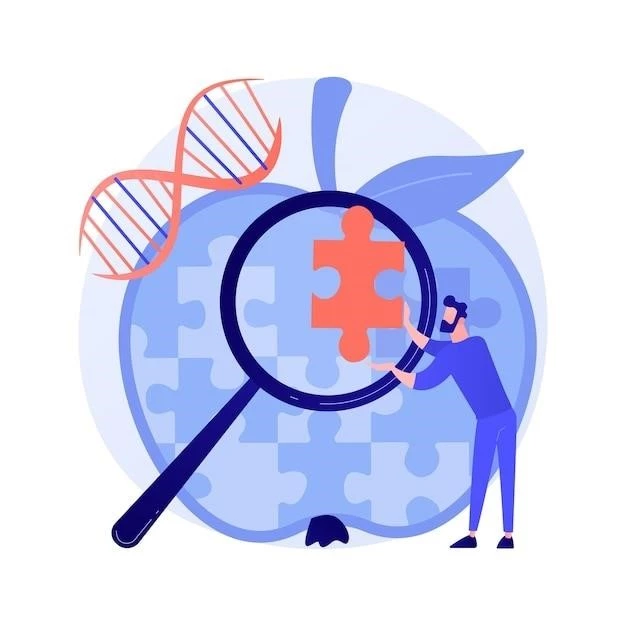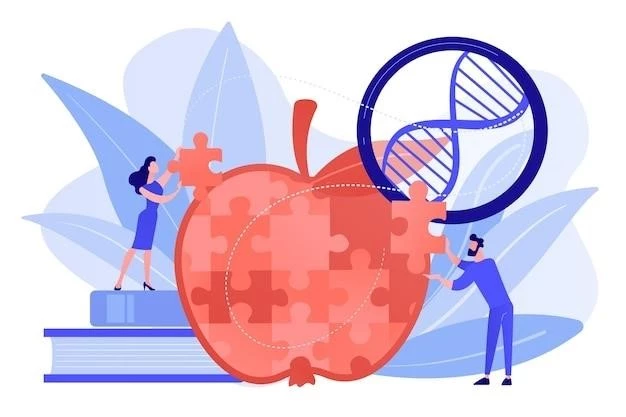Causes of Crossed Polysyndactyly
Understanding the genetic and environmental factors that contribute to this condition is crucial for proper diagnosis and treatment.
Genetic Factors
Genetic factors play a significant role in crossed polysyndactyly, with mutations in certain genes being linked to its development. Understanding the inheritance patterns and genetic mechanisms can provide valuable insights into the condition.

Symptoms and Diagnosis of Crossed Polysyndactyly
Recognizing physical symptoms and undergoing specific diagnostic procedures are vital for an accurate assessment and treatment plan.
Physical Symptoms
Crossed polysyndactyly may present with fused or extra digits, abnormal nail growth, and altered hand or foot structure. Observing these physical manifestations can aid in early detection and intervention for better outcomes.
Diagnostic Procedures
Diagnostic procedures for crossed polysyndactyly typically include physical exams, imaging tests like X-rays or CT scans, and genetic testing to confirm the condition and assess any associated complications. Timely and accurate diagnosis is essential for appropriate treatment planning.
Treatment Options for Crossed Polysyndactyly
Exploring both non-surgical treatments and surgical procedures is crucial for managing and correcting this condition effectively.
Non-Surgical Treatments
Non-surgical approaches for crossed polysyndactyly may involve splinting, physical therapy, occupational therapy, and regular monitoring to promote proper hand or foot function and prevent complications. These conservative methods aim to improve mobility and quality of life without the need for invasive procedures.
Surgical Procedures
Surgical intervention for crossed polysyndactyly may involve procedures like digit separation, removal of extra digits, corrective osteotomy, or soft tissue reconstruction to improve hand or foot function, appearance, and overall quality of life. Consult with a specialist to discuss the most suitable surgical options based on individual needs and condition severity.
Prognosis and Complications of Crossed Polysyndactyly
Understanding the potential outcomes and associated risks of this condition is essential for informed decision-making and effective management.
Prognosis
The prognosis for individuals with crossed polysyndactyly varies depending on the severity, associated complications, and response to treatment. Early detection and appropriate interventions can significantly impact long-term outcomes. Regular monitoring and adherence to the recommended treatment plan are crucial for a favorable prognosis;
Potential Complications
Crossed polysyndactyly can be associated with complications such as impaired hand or foot function, cosmetic concerns, mobility issues, and psychological impact. Prompt diagnosis and appropriate treatment are essential to minimize the risk of complications and improve overall outcomes. Regular follow-ups and monitoring can help address any potential issues that may arise.
Genetic Factors in Crossed Polysyndactyly
Understanding the role of genetics is crucial in evaluating the hereditary patterns and potential risks associated with this condition.
Inheritance Patterns
Crossed polysyndactyly can exhibit various inheritance patterns, including autosomal dominant, autosomal recessive, or sporadic mutations. Genetic counseling and testing are key to understanding the hereditary implications and recurrence risks in families with a history of this condition. Consultation with a genetic specialist can provide valuable insights into the inheritance patterns and help make informed decisions regarding family planning and medical management.
Surgical Interventions for Crossed Polysyndactyly
Exploring surgical techniques can correct deformities and improve function in individuals with crossed polysyndactyly.
Surgical Techniques
Various surgical techniques can be employed for crossed polysyndactyly, such as digit separation, skin grafting, soft tissue release, and bone realignment. Each procedure aims to enhance hand or foot function, restore aesthetics, and optimize overall quality of life. Consulting with a specialized surgeon is essential to determine the most suitable surgical approach based on individual needs and the extent of the condition.
Rehabilitation and Therapy for Crossed Polysyndactyly
Engaging in physical therapy sessions and rehabilitation programs can optimize recovery and improve functionality post-surgery.
Physical Therapy
Physical therapy plays a crucial role in crossed polysyndactyly rehabilitation by focusing on improving strength, flexibility, and coordination in the affected hand or foot. Therapists use targeted exercises, activities, and modalities to enhance movement capabilities, reduce pain, and promote functional independence. Consistent participation in physical therapy sessions is key to achieving optimal recovery and maximizing long-term outcomes. Communicate closely with your healthcare team to create a personalized rehabilitation plan tailored to your specific needs and goals.
Research Advances in Crossed Polysyndactyly
Stay informed about current studies and breakthroughs in the field to access the latest treatment options and improve patient outcomes.
Current Studies
Ongoing research studies are dedicated to advancing our understanding of crossed polysyndactyly, exploring new treatment modalities, and enhancing surgical techniques. By following the latest developments in research, individuals, families, and healthcare professionals can benefit from innovative approaches and cutting-edge solutions that may contribute to improved outcomes for those affected by this condition. Stay updated on current studies to access potential breakthroughs and participate in clinical trials if appropriate.
